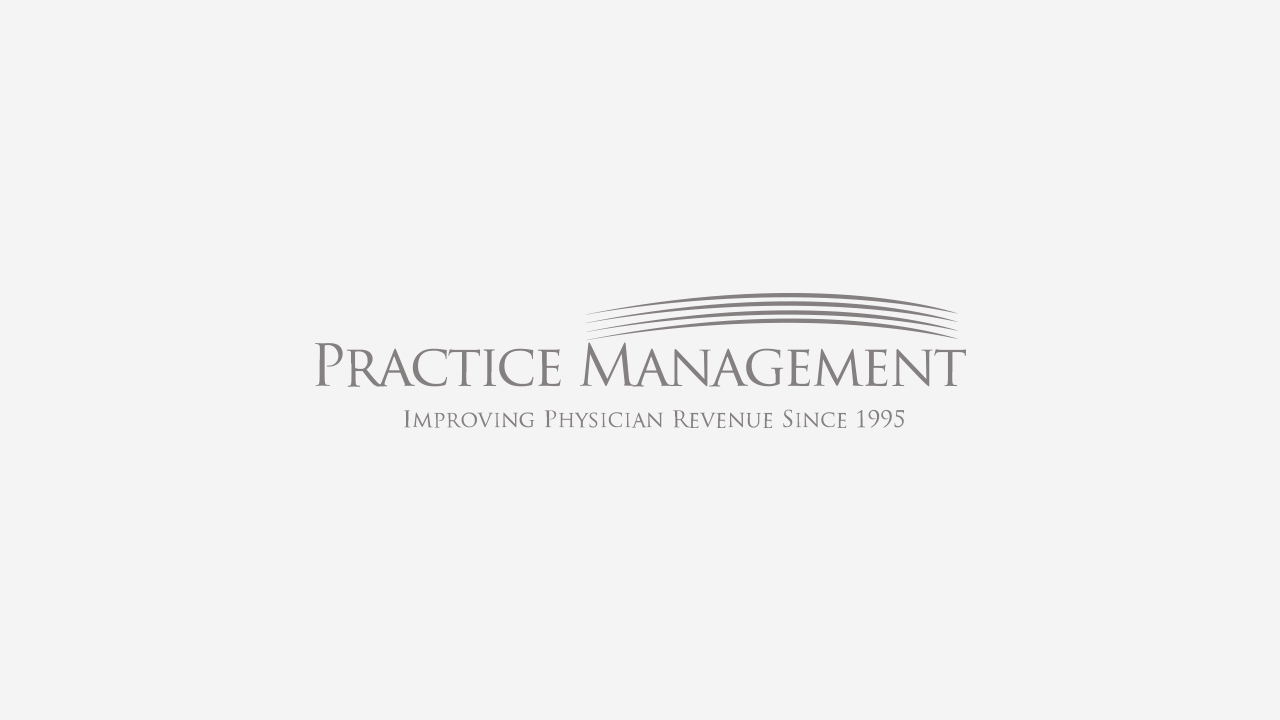
Convenience is the name of the game in modern days. Whether it’s the meals we prepare for our families or the shows we stream online, the ability to do things with relatively less effort has gained appeal worldwide. In the world of health and medicine, convenience’s appeal is no different, and telemedicine is answering the call for a more streamlined and efficient industry.
What is Telemedicine?
What began as a concept that was more sci-fi than medical, telemedicine has evolved since its original beginning during the 1950s. The original intent of the practice was to reach patients in rural areas who did not have access to medical services nearby. While telemedicine still serves the same purpose for people in said locations, the practice has grown beyond strictly lengthy commuting purposes primarily due to its general efficiency. The ability to stay home and contact a health professional without having to worry about driving to the nearest office is having a serious effect on the healthcare industry as a whole.
Effect on Patients
Mobile health apps – one aspect of telemedicine – have had a rolling effect on future patients, changing their behaviors and attitudes toward their own health. The convenience of medical websites and tracking apps has inadvertently made patients more proactive when it comes to their own health. More patient engagement means better communication between doctors and patients, allowing for better care and follow-up when necessary. Telemedicine also helps smaller hospitals that may not have access to a specific set of specialists on staff – with consultations just a video call away, there is always someone who can address a patient’s needs.
Although it seems like telemedicine is a no-brainer solution to the health industry’s problems in the future, it is not without its faults. Not all service providers have the same policies regarding reimbursement and other fees, so its best to check benefits beforehand.
Effect on the Industry
Telemedicine is having a huge effect on the overall industry, and everything from consultations to apps are playing a unique part. For instance, iBlueButton allows a patient’s medical records to be stored into one single app, which simplifies the process of filling out extensive paperwork at the doctor’s office since its readily available. Another app, MyChart, connects patients directly with their doctor and service providers to schedule appointments and set reminders for not only them, but their whole family. A move toward scheduling automation will surely change the nature of medical office staff’s role in the appointment process.
Telemedicine is having a major effect on healthcare costs as well; whether it’s a decrease in ER visits or more self-discipline concerning medications, the industry can take comfort in knowing that unnecessary costs are dropping. While unnecessary costs may drop, it does not mean all costs will follow suit. The technology needed for telemedicine can range from a simple web cam to a large dedicated server or system – which will require training to use. It will be up to healthcare facilities to decide whether these costs will outweigh the benefits already evidenced by telemedicine’s growth in popularity.
For more information about telemedicine services, see: